The Flexible Intermediate Bulk Container (FIBC) Market is currently characterized by a dynamic competitive landscape, driven by increasing demand for bulk packaging solutions across various industries, including agriculture, chemicals, and food processing. Key players such as Mondi Group (GB), Greif, Inc. (US), and Berry Global, Inc. (US) are strategically positioning themselves through innovation and regional expansion. For instance, Mondi Group (GB) has focused on enhancing its product portfolio with sustainable materials, which aligns with the growing consumer preference for eco-friendly packaging. This collective emphasis on sustainability and innovation among major players is reshaping the competitive environment, fostering a market that is increasingly responsive to environmental concerns and customer needs.
In terms of business tactics, companies are localizing manufacturing to reduce lead times and optimize supply chains. The market structure appears moderately fragmented, with several key players exerting influence while also allowing for niche players to thrive. This fragmentation suggests that while larger companies dominate, there remains ample opportunity for smaller firms to carve out specific market segments, particularly in regions where local production can meet unique customer demands.
In August 2025, Greif, Inc. (US) announced the launch of a new line of biodegradable FIBCs, which is a significant move towards sustainability in packaging. This initiative not only addresses environmental concerns but also positions Greif as a leader in eco-friendly solutions within the FIBC market. The strategic importance of this launch lies in its potential to attract environmentally conscious customers and enhance brand loyalty, thereby strengthening Greif's market position.
In September 2025, Berry Global, Inc. (US) expanded its manufacturing capabilities by acquiring a facility in Mexico, aimed at increasing production efficiency and meeting the rising demand in North America. This acquisition is indicative of Berry's strategy to enhance its operational footprint and respond swiftly to market needs. The strategic importance of this move is underscored by the potential for improved supply chain reliability and reduced transportation costs, which are critical in maintaining competitive advantage in the FIBC market.
In October 2025, Mondi Group (GB) entered into a strategic partnership with a leading agricultural firm to develop customized FIBC solutions tailored for the agricultural sector. This collaboration highlights Mondi's commitment to innovation and customer-centric solutions. The strategic importance of this partnership lies in its potential to leverage both companies' strengths, thereby enhancing product offerings and expanding market reach.
As of October 2025, current competitive trends in the FIBC market are increasingly defined by digitalization, sustainability, and the integration of advanced technologies such as AI. Strategic alliances are becoming more prevalent, as companies recognize the value of collaboration in enhancing innovation and operational efficiency. Looking ahead, competitive differentiation is likely to evolve from traditional price-based competition towards a focus on innovation, technology integration, and supply chain reliability, reflecting the changing priorities of consumers and businesses alike.



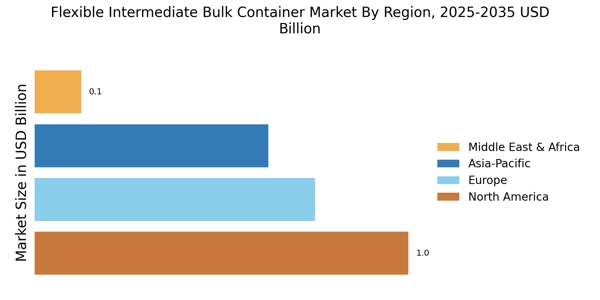
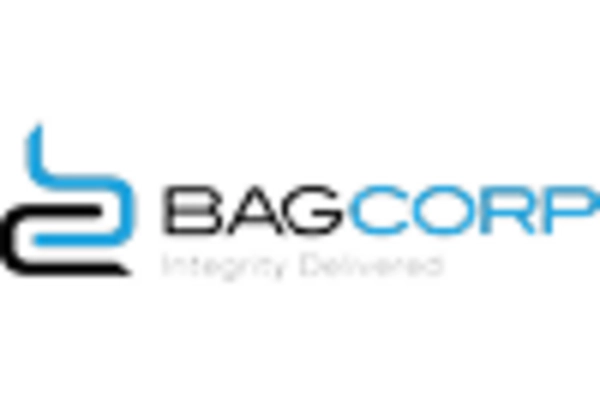
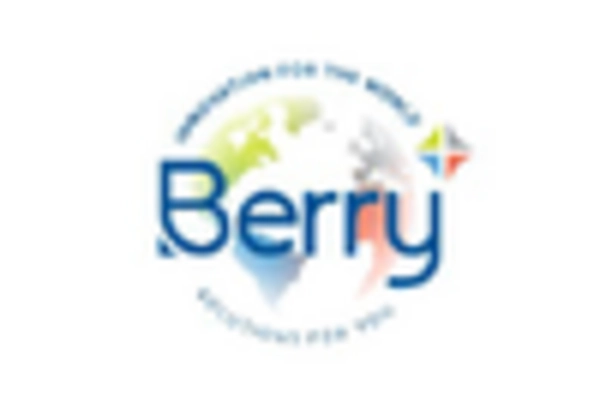
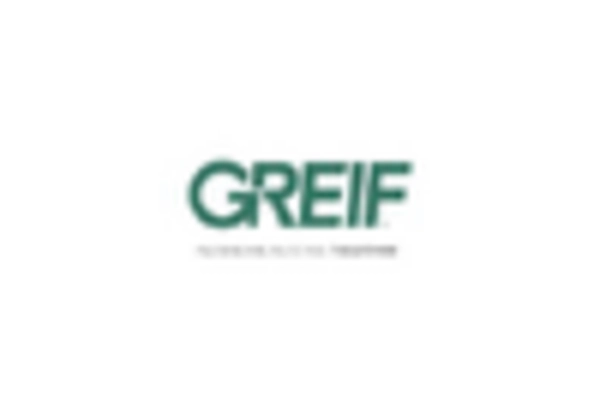
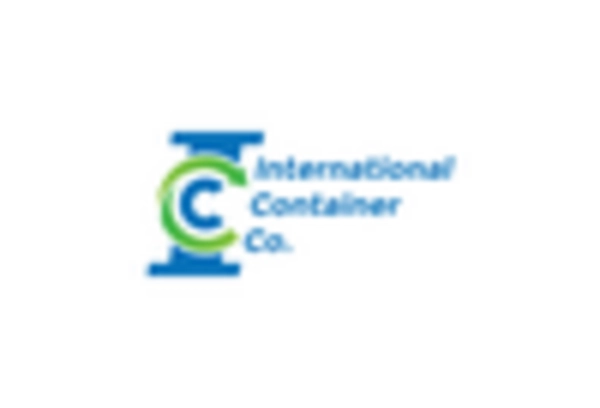

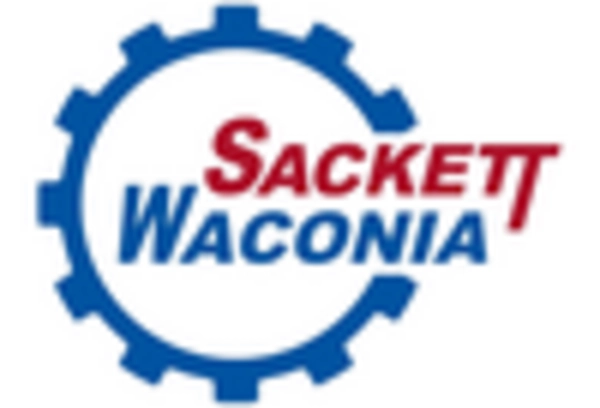








Leave a Comment